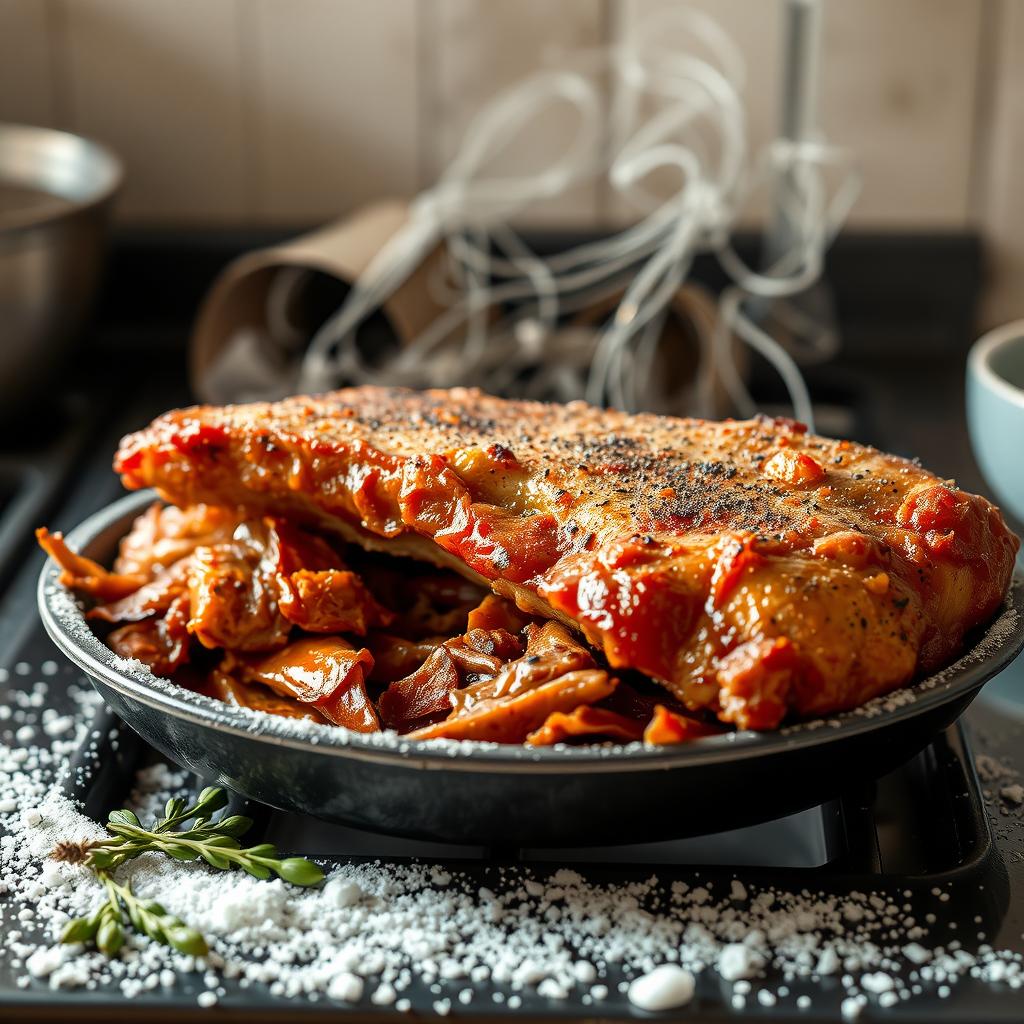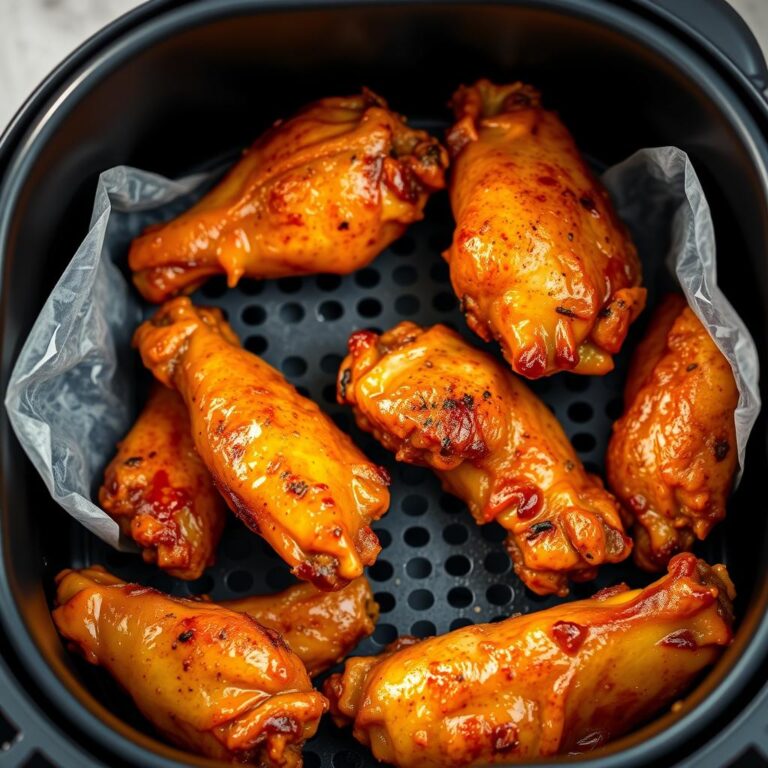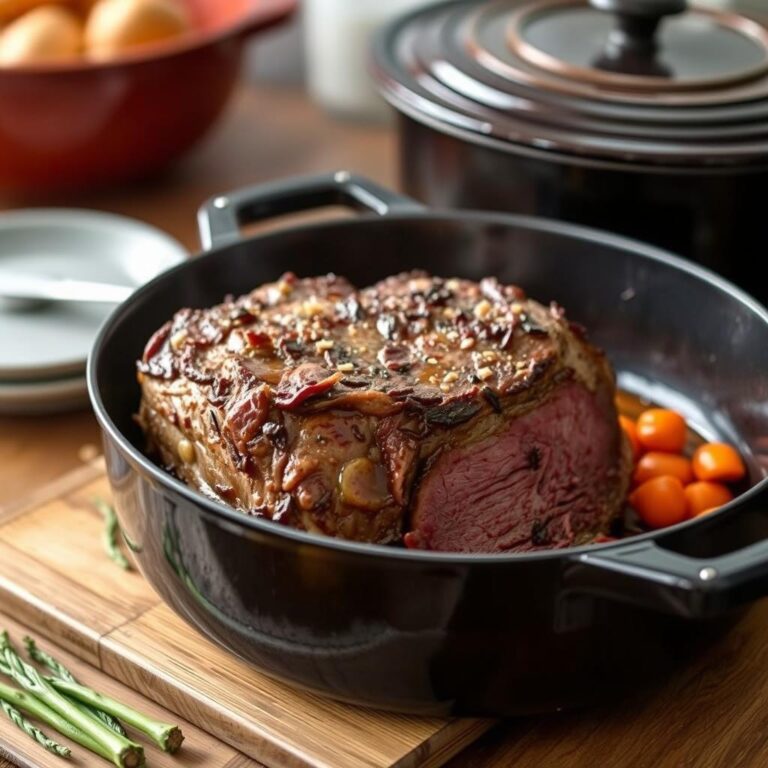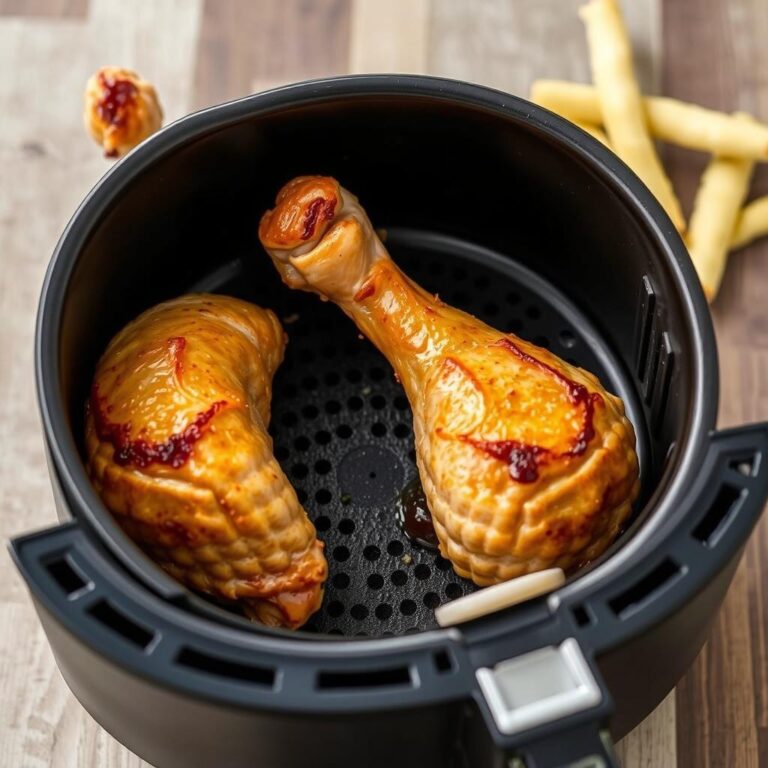Ever wondered what temp to cook pulled pork to? You’re not alone. Cooking pulled pork to perfection is an art, and the right temperature is key. Join me as we dive into the world of BBQ, smokers, and that tantalizing aroma of slow-cooked pork.
The Perfect Temperature for Pulled Pork
Getting pulled pork just right can be a challenge, but understanding the ideal temperature sets you up for success. So, what temp to cook pulled pork to? For that juicy, tender texture, aim for 195°F to 205°F internally. This range ensures the meat is tender enough to fall apart with a simple tug.
Why Temperature Matters
You might be wondering, why such a specific range? The magic happens because of collagen breakdown. At around 195°F, the collagen—what holds the meat fibers together—melts into gelatin. This transformation gives the pulled pork that iconic, succulent texture we crave.
How to Monitor the Temperature
So, how do you keep track? A trusty meat thermometer is your best friend. Here are some tips for temperature monitoring:
- Use a digital thermometer for accuracy.
- Insert it into the thickest part of the pork butt.
- Avoid touching bone, as it can skew the reading.
Checking periodically ensures you’re not overcooking or undercooking, keeping that delicious flavor intact.
Cooking Methods for Pulled Pork
Now that you know what temp to cook pulled pork to, let’s chat about the different ways to achieve this.
Setting Up Your Smoker
Are you using a smoker? It’s a popular choice for pulled pork. Here’s a quick guide:
- Preheat to around 225°F. This low and slow method works wonders.
- Use a wood of your choice. Hickory and mesquite are classic picks.
- Keep a water pan nearby to maintain moisture during the cooking process.
Consistency is key, so keep a close eye on the smoker to prevent sudden temperature shifts.
Grilling Pulled Pork
If you’re more of a grill person, don’t worry. Here’s how to maintain the right temperature:
- Set your grill up for indirect heat.
- Maintain a steady temperature of 225°F.
- Add a piece of hardwood to infuse a smoky flavor.
Using the Oven
No smoker? No problem. An oven can also get you there.
- Preheat your oven to 300°F.
- Wrap the pork tightly in foil or cover your baking dish.
- Check the internal temperature after 4 hours, and continue until it reaches 195°F.
Adjusting the heat and timing can make sure your oven-cooked pork is as delicious as any smoked version.
Practical Tips for the Best Pulled Pork
Aside from the temperature, there’s more to achieving that perfect pulled pork. Here’s what I’ve learned from years of experimenting:
Choosing the Right Cut
The choice of meat can make or break your dish. I always go with a pork shoulder or Boston butt. These cuts have the ideal fat content and marbling necessary for slow cooking.
Spice it Right
Flavor is king. I prefer to use a robust dry rub featuring brown sugar, paprika, and garlic powder. Apply it generously and let the meat sit in the fridge overnight to absorb all those flavors.
The Importance of Resting
Once it hits 195°F, let your pork rest for at least 30 minutes. This allows juices to redistribute, ensuring every bite is as juicy as the one before it.
So there you have it, all the secrets behind the right temp to cook pulled pork to. It’s not just about numbers; it’s about a journey to BBQ bliss. Next time you’re grilling, smoking, or oven-roasting, keep these tips in mind and elevate your pulled pork game. Trust me, your taste buds will thank you.
Trying to figure out what temp to cook pulled pork to? Trust me, it’s something every BBQ enthusiast has asked at least once. And as someone who’s spent a fair share of time perfecting my smoked meat skills, I get it—the right temperature transforms your pork into something magical.
Breaking Down the Science Behind Pulled Pork
Why do we obsess about temperatures like 195°F to 205°F? It boils down to the science of cooking. At this range, the collagen inside the pork dissolves, turning into a gelatin that gives your pulled pork that melt-in-your-mouth feel. Hit this sweet spot, and your pork is as tender as can be.
The Role of Collagen
Ever wondered what’s going on inside the meat? It’s the collagen. This protein holds those muscle fibers together, and when you cook it slow and low, it breaks down. And at that target temperature, magic happens—the meat goes from chewy to tender. It’s like hitting that perfect note in a song.
Choosing the Right Equipment
Let’s talk gear. The tools you use are as important as the pork itself in getting to that perfect internal temp.
Investing in a Quality Thermometer
A digital meat thermometer is your best bud here. You need accuracy, and you need it fast. Forget eyeballing; numbers are what matters.
- Always opt for digital over analog for precision.
- Insert it into the thickest part of the meat for the most accurate reading.
- Steer clear of bone contact, as it messes with the numbers.
Feeling like you’re back in science class yet? Stick with me—it’s worth it.
Experimenting with Different Cooking Methods
Every pitmaster has their method, but understanding each technique helps perfect what temp to cook pulled pork to.
The Pure Joy of Using a Smoker
There’s something special about the ritual of smoking.
- Preheat smoker to 225°F, the golden number for slow cooking.
- Wood choice matters: hickory and mesquite both add a distinct touch.
- Don’t forget the water pan to keep your pork juicy.
Nail these steps, and you’re halfway to a perfect pulled pork.
The Grill Master’s Approach
Not into smokers? Grills can work wonders too. Set up your grill for indirect heat and keep things steady at 225°F. Toss in some wood chips for that smoky vibe.
Crafting Flavor Profiles
Temperature’s one part of the picture; flavor takes the dining experience up a notch. And let’s be honest—who doesn’t love that flavor-packed bark on pulled pork?
The Essentials of a Dry Rub
You’re not winging it with seasoning. Here’s my go-to dry rub that makes it sing:
- Sugar, brown not white, for a sweet foundation.
- Paprika for that smokey punch.
- Garlic powder to give it depth.
Mix these bad boys, rub them in generously, and let them work overnight magic in the fridge.
Mastering the Resting Phase
Once you hit 195°F, you’re not quite done. The resting phase is like fine wine aging—better to wait.
Why Resting Matters
Let it sit for at least 30 minutes. No exceptions. This redistribution of juices means consistency in every bite. Ever had a dry bite? Yeah, me neither, because I rest it.
Frequently Asked Questions
Can I cook pulled pork in a Crock-Pot?
Absolutely! Low and slow is the motto here too. Set it to low, and give it time. Internal temp still needs to hit that 195°F mark.
Is it okay to cook pulled pork in an electric smoker?
For sure. Electric smokers simplify life. Just make sure your thermometer stays handy because the goal’s the same—get that reading right.
Do I always need a dry rub?
Technically, no. But it’s the flavor boost you’ll love. It’s all about layers of taste, right?
So next time you’re pondering what temp to cook pulled pork to, remember it’s not just about hitting a number. It’s the journey of turning a humble pork shoulder into a masterpiece. Keep those tips in mind, and trust me, you’ll be serving up BBQ bliss every single time.







